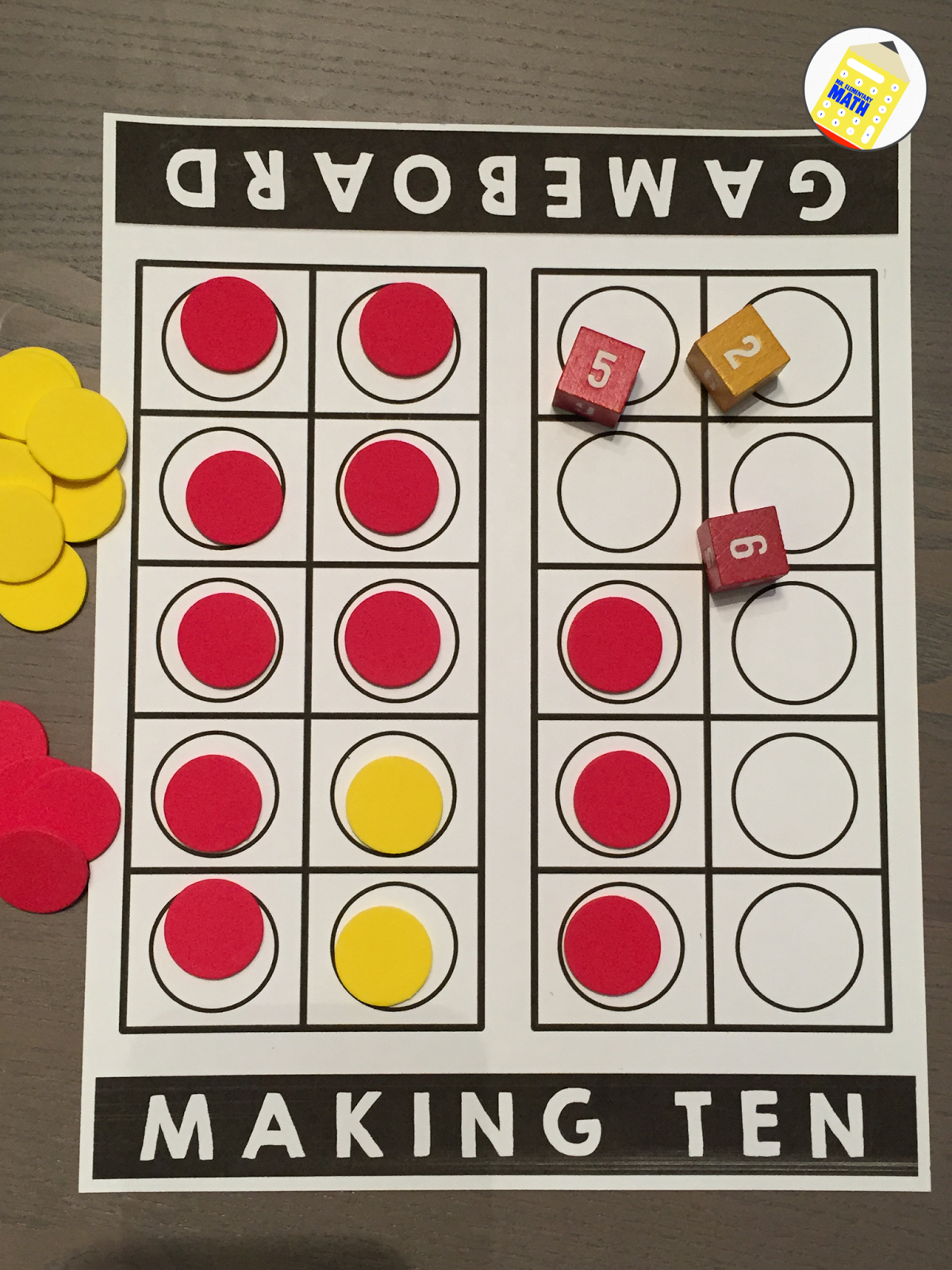Making 10 games is an exhilarating journey that combines creativity, technical skills, and a touch of passion. As the gaming industry continues to grow exponentially, aspiring developers are eager to dive into game creation. This article serves as an ultimate guide to help you navigate the intricate world of game development, providing insights, tips, and resources to turn your game ideas into reality.
In this comprehensive guide, we will break down the various stages involved in making 10 games, from concept development to deployment. Whether you're a beginner looking to create your first game or an experienced developer seeking fresh ideas, this article will provide you with the knowledge and tools you need to succeed in the gaming world. Let’s explore the art and science behind game development.
With a focus on practical advice and actionable steps, this article will cover essential aspects such as game design, programming, art creation, sound design, and marketing. By the end of this guide, you will have a clear understanding of what it takes to make 10 games and how to effectively bring your visions to life.
Table of Contents
- 1. Game Idea Conceptualization
- 2. Creating a Game Design Document
- 3. Choosing the Right Tools
- 4. The Game Development Process
- 5. Testing and Feedback
- 6. Launching Your Game
- 7. Marketing Your Game
- 8. Learning from the Experience
1. Game Idea Conceptualization
The first step in making 10 games is to brainstorm and conceptualize your game ideas. This phase is crucial as it sets the foundation for your entire project. Here are some ways to generate game ideas:
- Identify your interests and passions.
- Research current gaming trends.
- Play various games to understand what works and what doesn’t.
- Use brainstorming techniques, such as mind mapping.
Tips for Effective Brainstorming
- Set a timer for focused brainstorming sessions.
- Encourage wild and creative ideas without judgment.
- Collaborate with other aspiring developers for new perspectives.
2. Creating a Game Design Document
Once you have a solid game idea, the next step is to create a Game Design Document (GDD). A GDD is a comprehensive blueprint that outlines your game’s concept, mechanics, story, characters, and more. It serves as a reference throughout the development process.
Key Components of a Game Design Document
- Game Title and Genre
- Target Audience
- Game Mechanics and Features
- Storyline and Characters
- Art Style and Graphics
- Sound and Music
3. Choosing the Right Tools
Selecting the right tools for your game development is essential for efficiency and productivity. Depending on your skill set, here are some popular tools you might consider:
- Game Engines: Unity, Unreal Engine, Godot
- Graphic Design: Adobe Photoshop, Blender, GIMP
- Sound Design: Audacity, FL Studio, GarageBand
4. The Game Development Process
The game development process can be broken down into several stages:
- Prototyping: Create a simple version of your game to test gameplay mechanics.
- Development: Build your game using the tools and resources selected.
- Iteration: Refine and improve your game based on testing and feedback.
5. Testing and Feedback
Testing is a critical phase in making 10 games. It helps identify bugs, improve gameplay, and ensure a better player experience. Here’s how to effectively test your games:
- Conduct alpha and beta testing with real players.
- Gather feedback through surveys and playtests.
- Implement changes based on player suggestions.
6. Launching Your Game
After extensive testing and refinement, it’s time to launch your game. Choose the right platforms for your release, such as Steam, mobile app stores, or console marketplaces. Prepare for launch by creating promotional materials and engaging with your audience.
7. Marketing Your Game
Effective marketing is crucial for the success of your game. Here are some strategies to consider:
- Utilize social media platforms to build a community.
- Engage with influencers and gaming bloggers.
- Participate in game development forums and communities.
8. Learning from the Experience
After launching your game, take the time to reflect on the entire process. Analyze what worked well and what could be improved for future projects. Continuous learning is key in the game development industry.
Conclusion
In conclusion, making 10 games is a rewarding yet challenging endeavor that requires careful planning, creativity, and dedication. By following the steps outlined in this guide, you can effectively navigate the complexities of game development and bring your ideas to life. Remember to keep learning, seeking feedback, and exploring new trends in the gaming world.
If you found this article helpful, consider leaving a comment, sharing it with fellow game enthusiasts, or exploring other articles on our site for further insights into game development.
Penutup
Thank you for joining us on this journey into the world of game development. We hope you feel inspired and equipped to start making your own games. We look forward to seeing you back here for more tips and insights in the future!
Article Recommendations
- How Many Seasons Is Steve On Shameless
- Bob Evans
- When Did Confessions Come Out
- Liza Weil
- Jerry Lorenzo Dad
- Cuanto Tiempo Gobernara Donal Trump
- What Is Dont Worry Darling About
- Don Trump Je Ex Wife
- Black Donals Trump
- Who Is Tyrus Wife



